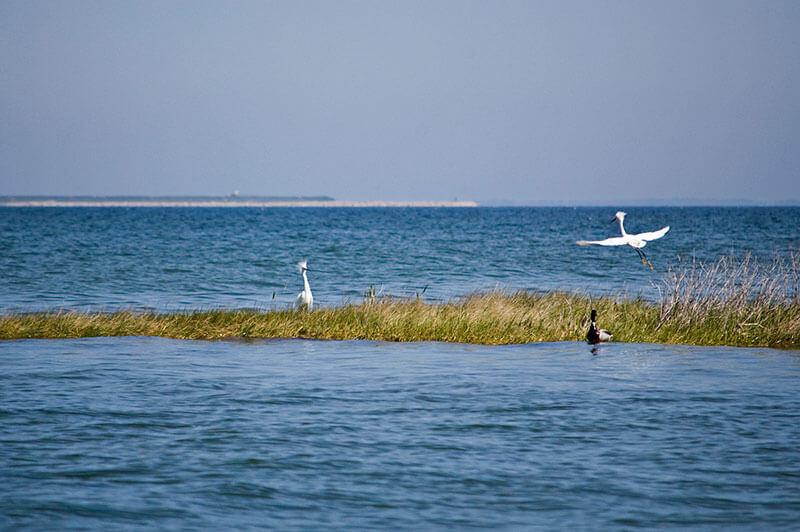Last month, the Chesapeake Bay Foundation (CBF) issued its report on the Chesapeake Bay’s health. Overall, the resulting grade was a D+. Perhaps our waterway should have at least received a Gentleman’s C. Of Course, the Gentlemen’s C was a fiction and this report is not.
Since we enjoy The Spy as an interactive service, I would welcome an assessment that improves on the indigestible D+. Does the Bay deserve this grade? Are CBF’s test criteria/measurements open to question?
CBF notes that its grades are not measured against the perfect (when Captain John Smith recorded its condition in 1608). CBF notes: “We will never again see the Chesapeake restored to its pristine state of four centuries ago, but we believe a Bay with an index of 70 is achievable by 2050.” This, of course, is aspirational.
In a sense a report like this induces a certain feeling of helplessness. Actually, my sense is not so much personal as part of the community. I know many who have labored to improve water quality and that huge amounts of money have already been spent on that 2050 goal. But the challenge of arriving at positive tipping points not infrequently intrudes on our ambitions. So, do we assume the fetal position or mimic the resilience we hope for the Bay?
I watch a cove of the Miles River. I know first-hand how hard it is for individual actions to reverse societal damages. Along the cove are buffer strips that were put in 15 years ago and at the same time row cropping yielded to wetlands, meadows and a tree grove. Unfortunately, I can’t tell that there has been much improvement in water quality.
Now I could go on in this vein but realize the futility—because in the final analysis it is what we all do together that will make a difference.
Our watershed is densely populated from its start in New York to its finish in Virginia. And with population density and agriculture come all sorts of circumstances that put toxic pressure on our water. Yes, our water. The water in which we take pride and which provides us with so many gifts— stunning views along pastoral trails, crabs, oysters, rockfish, boating, and so much more.
What about the “canaries in the coal mine”? One finding in the report points out that “Blue crab and rockfish populations are both struggling. In 2022, blue crab dredge survey results found the lowest number of crabs in the Bay in the survey’s 33-year history.”
Yet, another finding shows the promise of scaling up our efforts: “The report credits large-scale oyster restoration projects which have been completed in eight sanctuary tributaries in Maryland and Virginia, with creating a “renaissance of sorts” in the wild oyster population.”
A few days after the dispiriting grade card I read that the Town of Easton is acquiring 197 acres of woodlands along Oxford Road. If I understand correctly, this was land that developers hoped to convert into housing and the infrastructure that goes along with it. Good for Mayor Bob Willey and the Easton City Council. Because if we are to reach a favorable tipping point that brings our water slowly back to our aspirations, this kind of community action is essential.
As I close, I know that most of us hope that when the new Talbot County Council re-addresses the Lakeside development that the members fully understand that only acting together gives us a chance to reach a positive tipping point. Individual actions count, but all those who dream and labor know that community action is essential. The new Council will soon choose its direction for the good of the Bay—let’s hope it is a direction that reflects the challenge.
Al Sikes is the former Chair of the Federal Communications Commission under George H.W. Bush. Al writes on themes from his book, Culture Leads Leaders Follow published by Koehler Books.



Write a Letter to the Editor on this Article
We encourage readers to offer their point of view on this article by submitting the following form. Editing is sometimes necessary and is done at the discretion of the editorial staff.